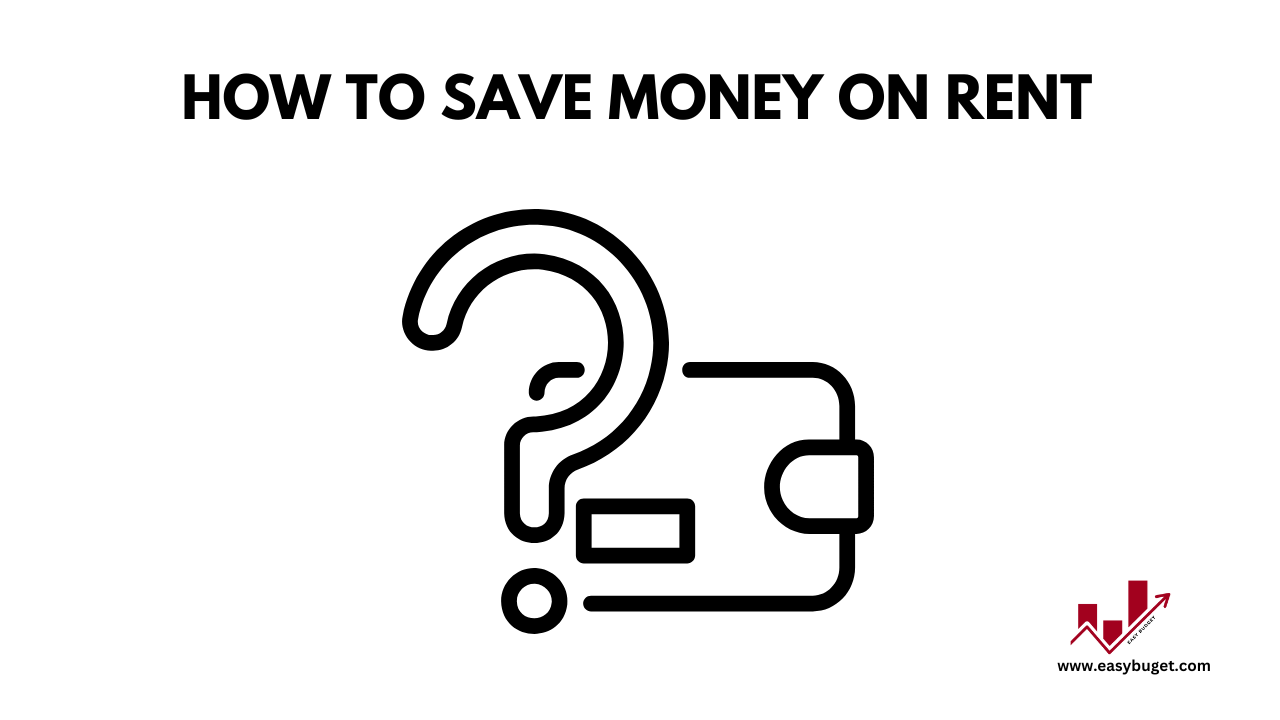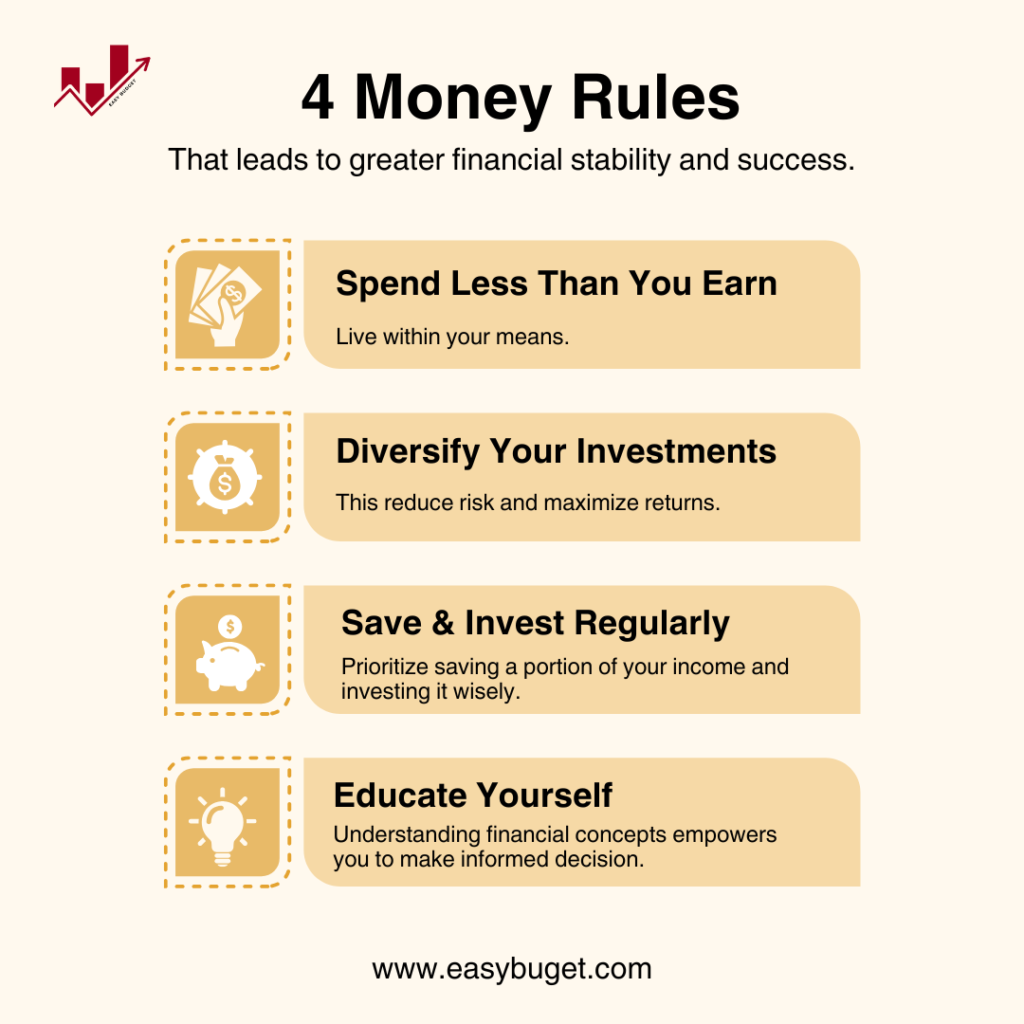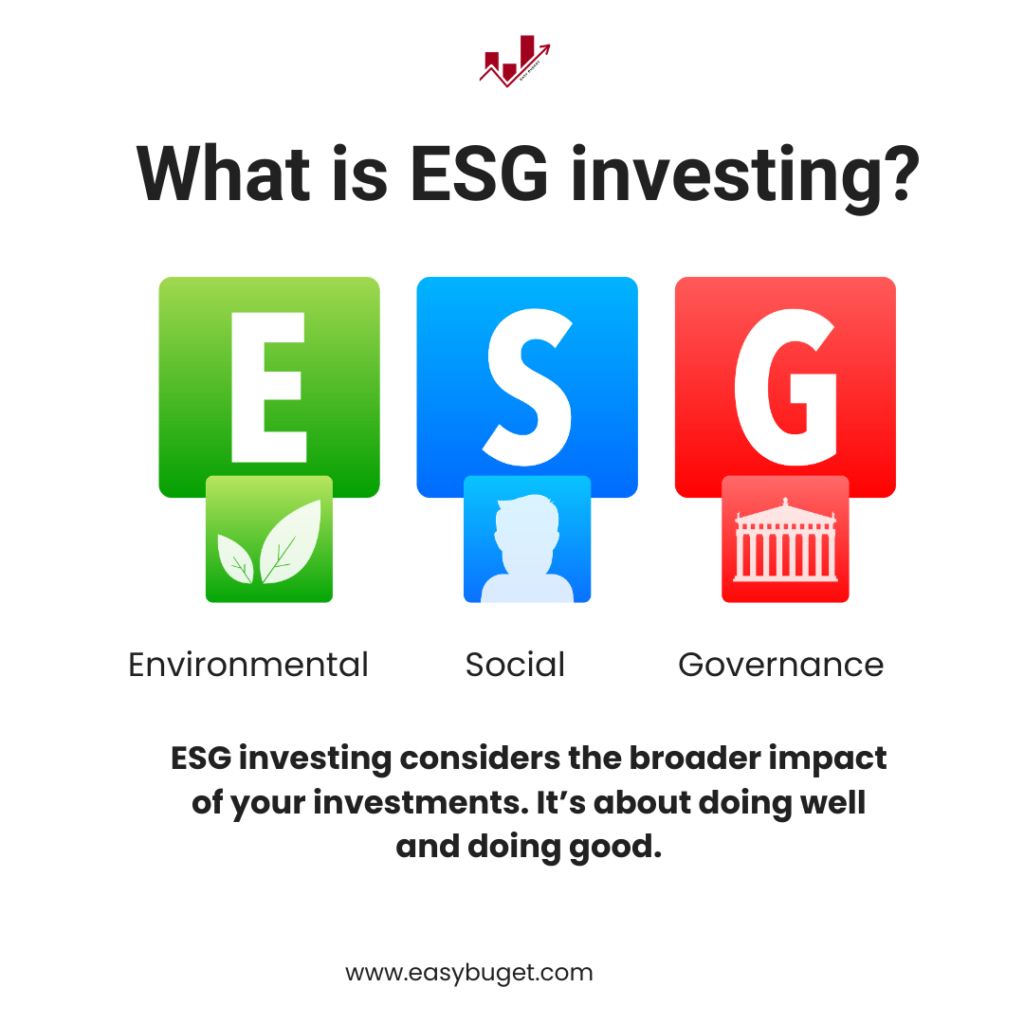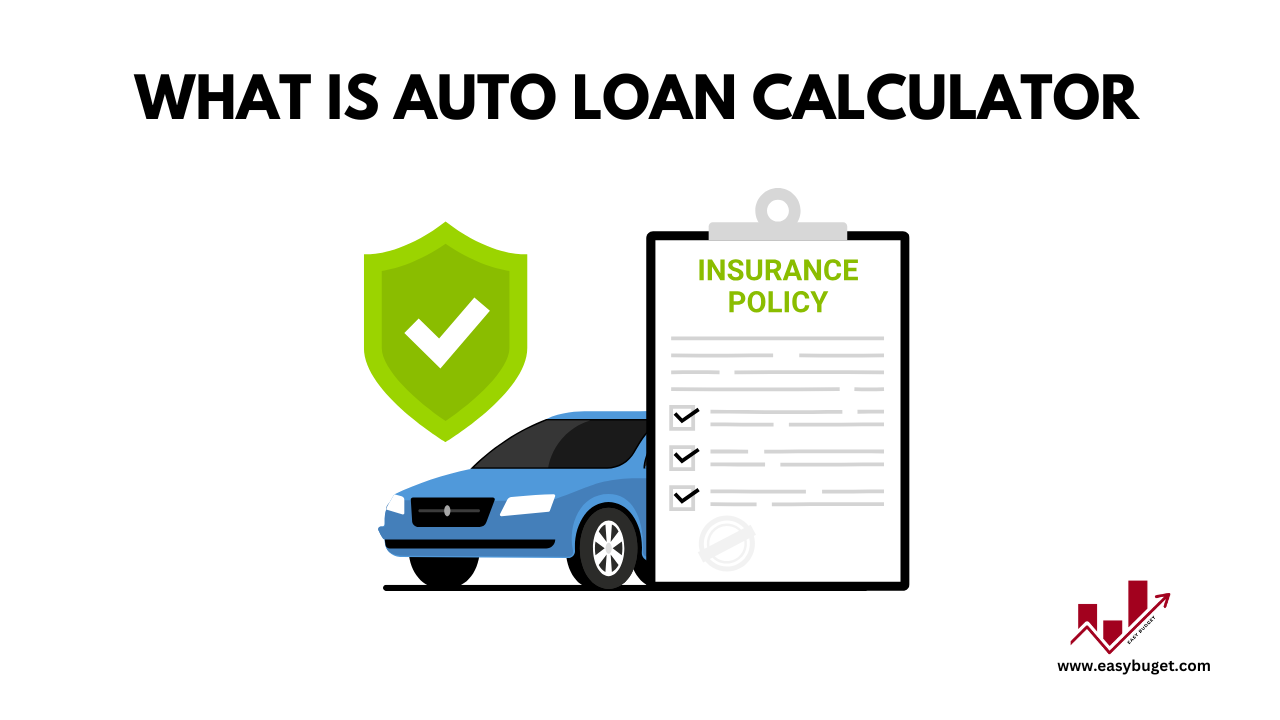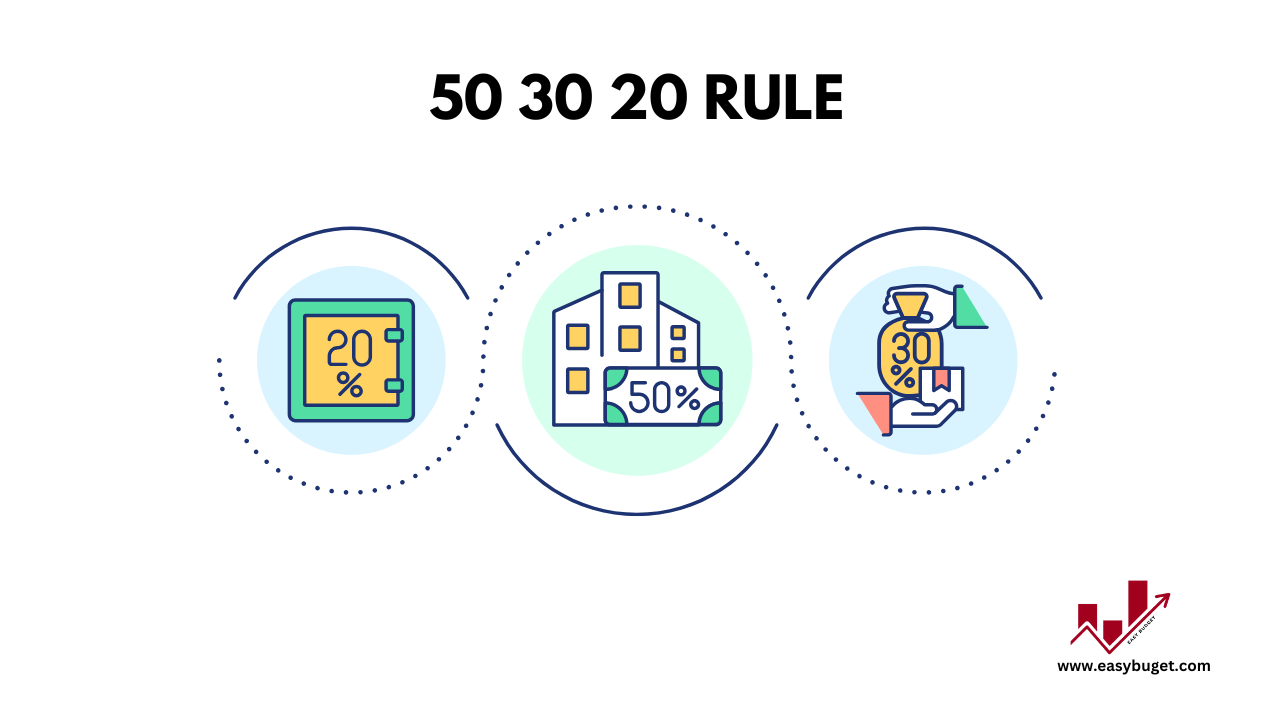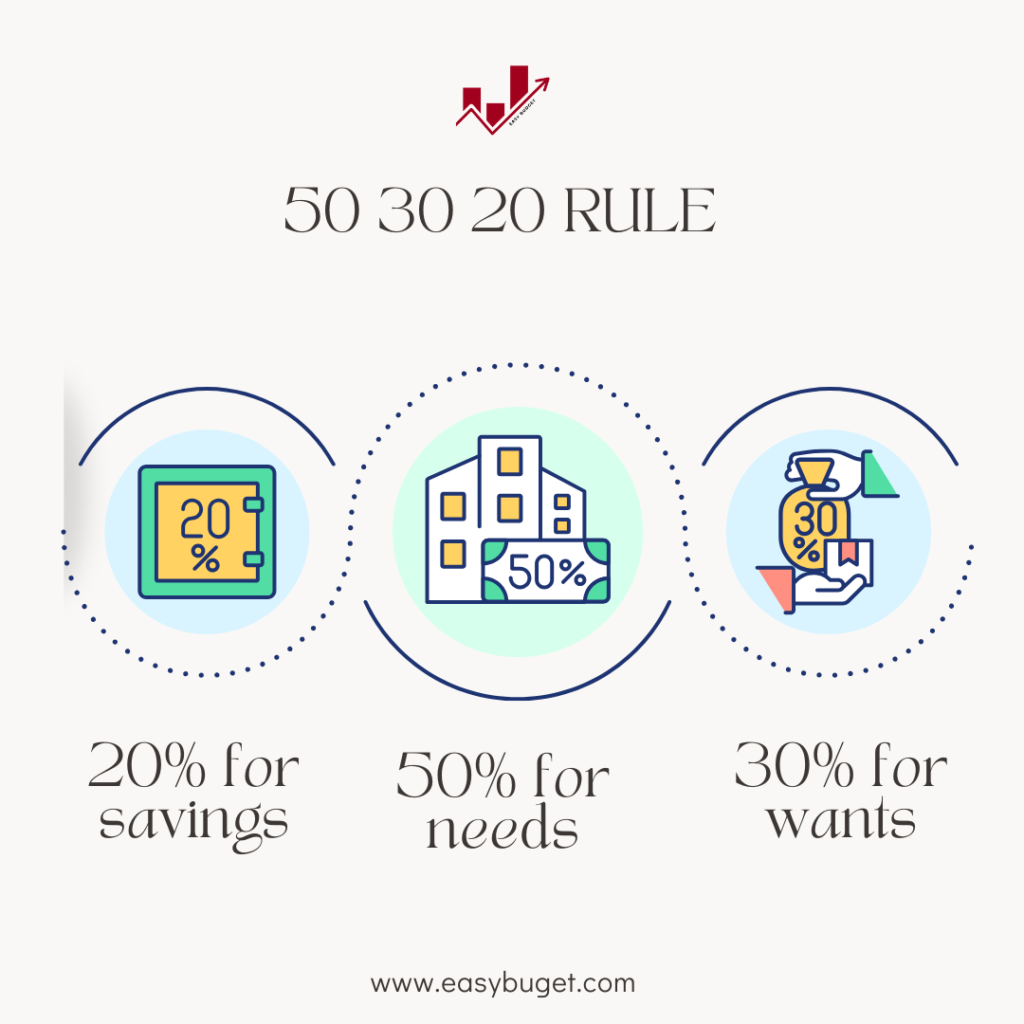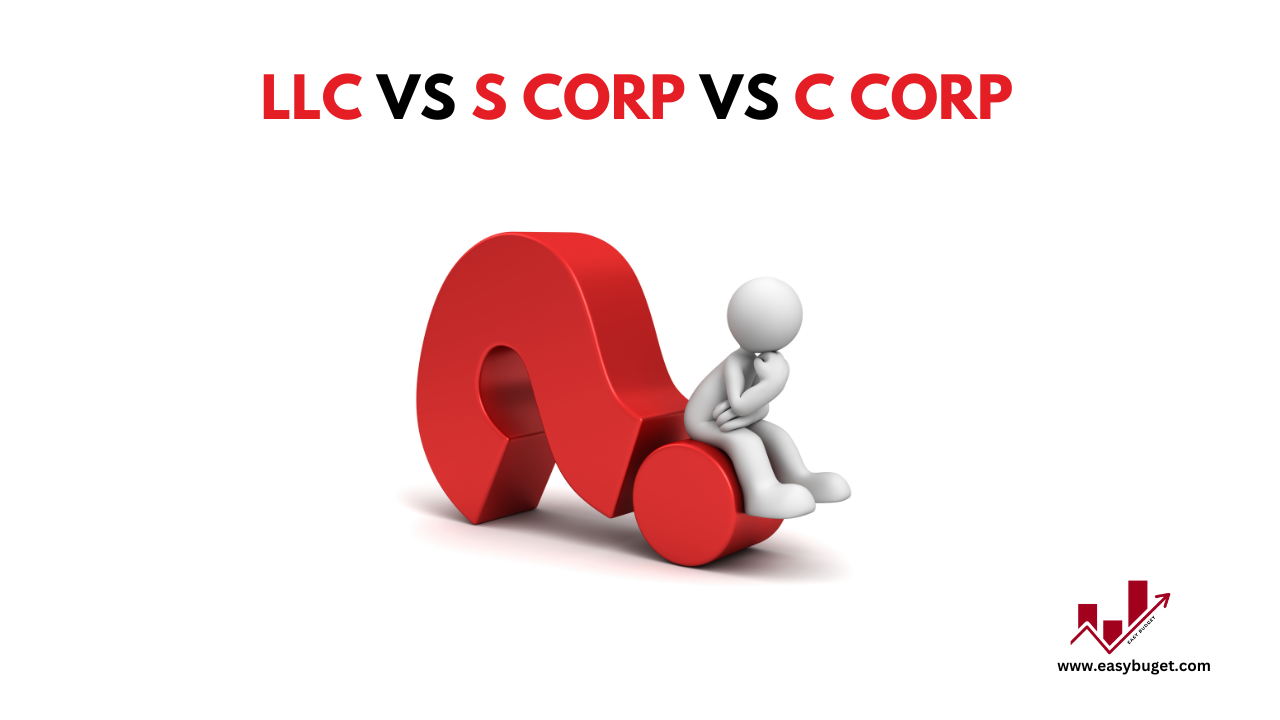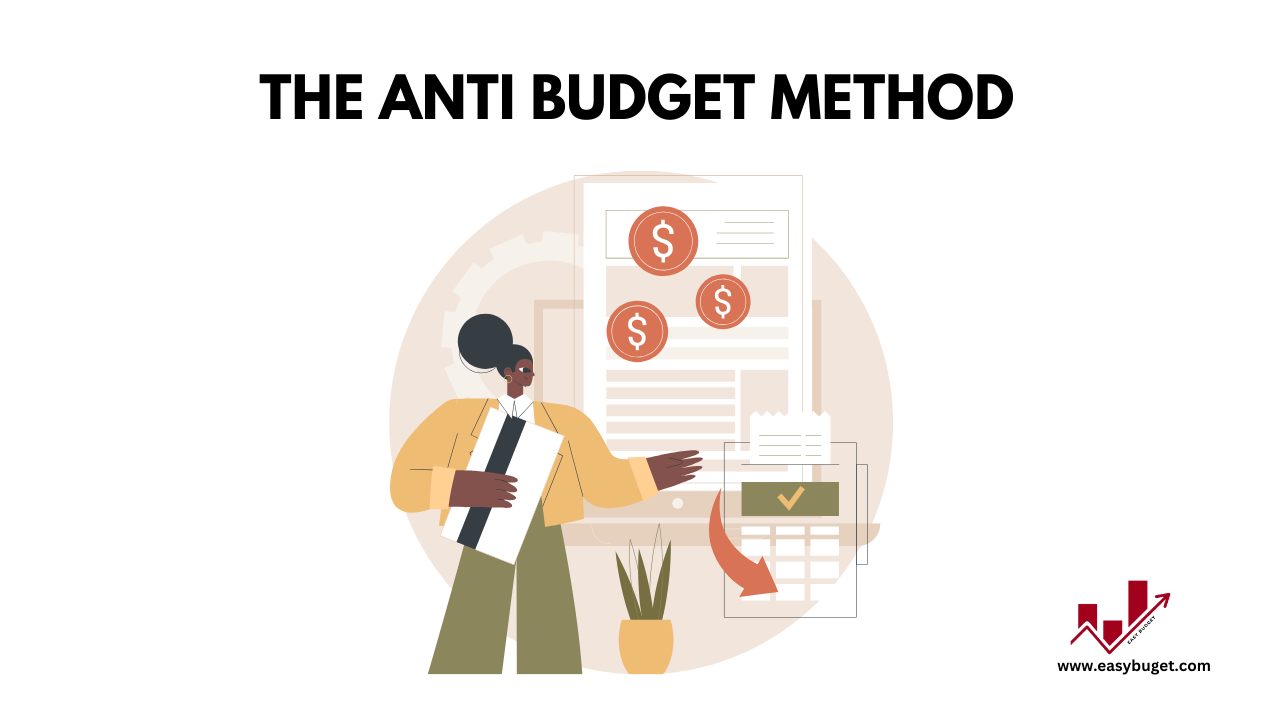Let’s face it—managing your money can feel like a full-time job. Between saving for retirement, investing, and paying off debt, it’s easy to feel overwhelmed. That’s where a Financial advisors comes in. A good advisor can help you create a plan, stay on track, and make smarter financial decisions.
But with so many options out there, how do you know who to trust? Don’t worry—I’ve got you covered. In this guide, I’ll break down the top 5 Financial advisors in the USA and share tips on how to choose the right one for your needs. Let’s get started!
What to look for in a Financial advisor
Before we dive into the list, here’s what you should keep in mind when choosing a financial advisor:
- Credentials: Look for certifications like CFP (Certified Financial Planner) or CFA (Chartered Financial Analyst).
- Experience: How long have they been in the industry, and what’s their area of expertise?
- Fees: Understand their fee structure—hourly, flat fee, or a percentage of your assets.
- Services offered: Do they specialize in retirement planning, investment management, or tax strategies?
- Client reviews: Check testimonials and ratings to see what others are saying.
Top 5 Best Financial advisors in the USA
Here’s my breakdown of the top 5 financial advisors in the USA, based on fees, services, and reputation:
1. Vanguard personal advisor services
- Overview: Vanguard combines the convenience of a robo-advisor with access to human financial advisors.
- Fees: 0.30% of assets under management (AUM).
- Services: Investment management, retirement planning.
- Pros: Low fees, access to Vanguard’s top-rated funds.
- Cons: Limited face-to-face interaction.
Best for: Investors who want low-cost, hands-off advice.
2. Fidelity investments
- Overview: Fidelity is a full-service financial advisor with a wide range of services.
- Fees: Varies (typically 0.50%–1.50% AUM).
- Services: Retirement planning, wealth management, estate planning.
- Pros: Comprehensive services, strong reputation.
- Cons: Higher fees for personalized services.
Best for: Those who want a one-stop shop for all their financial needs.
3. Charles Schwab
- Overview: Schwab offers both robo-advisor and human advisor services.
- Fees: 0.80% AUM for human advisors; lower for robo-advisors.
- Services: Financial planning, investment management.
- Pros: Flexible options, excellent customer support.
- Cons: Higher fees for premium services.
Best for: Investors who want flexibility and strong customer service.
4. Betterment premium
- Overview: Betterment Premium combines robo-advising with access to certified financial planners.
- Fees: 0.40% AUM for Premium (minimum $100,000 balance).
- Services: Goal-based investing, retirement planning.
- Pros: Affordable, easy-to-use platform.
- Cons: Limited in-person interaction.
Best for: Tech savvy investors who want a hybrid approach.
5. Personal capital
- Overview: Personal Capital offers free financial tools and paid advisory services.
- Fees: 0.89% AUM (for balances over $200,000).
- Services: Investment management, retirement planning, tax optimization.
- Pros: Comprehensive financial tools, transparent fees.
- Cons: High minimum balance for advisory services.
Best for: High net worth individuals who want a holistic approach to wealth management.
How to choose the right Financial advisors for you
Choosing the right financial advisor depends on your goals and needs. Here’s how to find the best fit:
- Assess Your goals: Are you saving for retirement, paying off debt, or building wealth?
- Compare fees and services: Make sure the advisor’s fees align with your budget and their services match your needs.
- Check credentials and reviews: Look for certifications and read client testimonials.
- Schedule consultations: Meet with a few advisors to see who you feel most comfortable with.
FAQs about Financial advisors
Q1: How much does a financial advisors cost?
Fees vary widely. Some charge a percentage of your assets (e.g., 0.30%–1.50%), while others charge hourly or flat fees.
Q2: Do I need a financial advisor?
It depends on your financial goals. If you’re planning for retirement, investing, or managing complex finances, an advisor can be a huge help.
Q3: What’s the difference between a robo-advisor and a human advisor?
Robo-advisors are automated and cheaper, while human advisors offer personalized advice and a human touch.
Q4: How do I verify a financial advisor’s credentials?
Check for certifications like CFP or CFA and use tools like FINRA’s BrokerCheck.
Conclusion
Choosing the right financial advisor is a big decision, but it doesn’t have to be overwhelming. Whether you go with Vanguard low-cost services, Fidelity comprehensive offerings, or Betterment’s hybrid approach, the key is to find an advisor who aligns with your goals and budget.
Ready to take the next step? Start by researching these top advisors and scheduling consultations to find the best fit for your needs.
Call-to-Action:
- Have questions about choosing a Financial advisors? Drop them in the comments below!
- Found this guide helpful? Share it with your friends and family to help them make smarter financial decisions!


